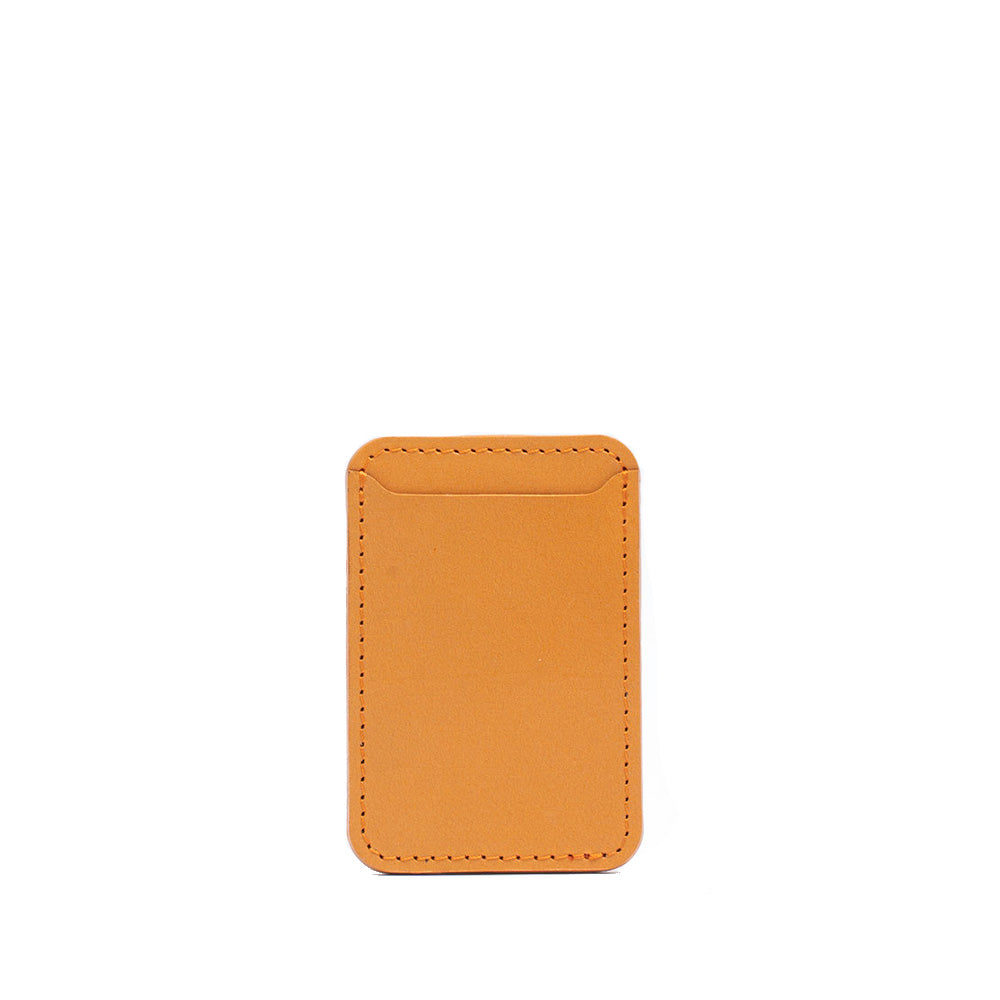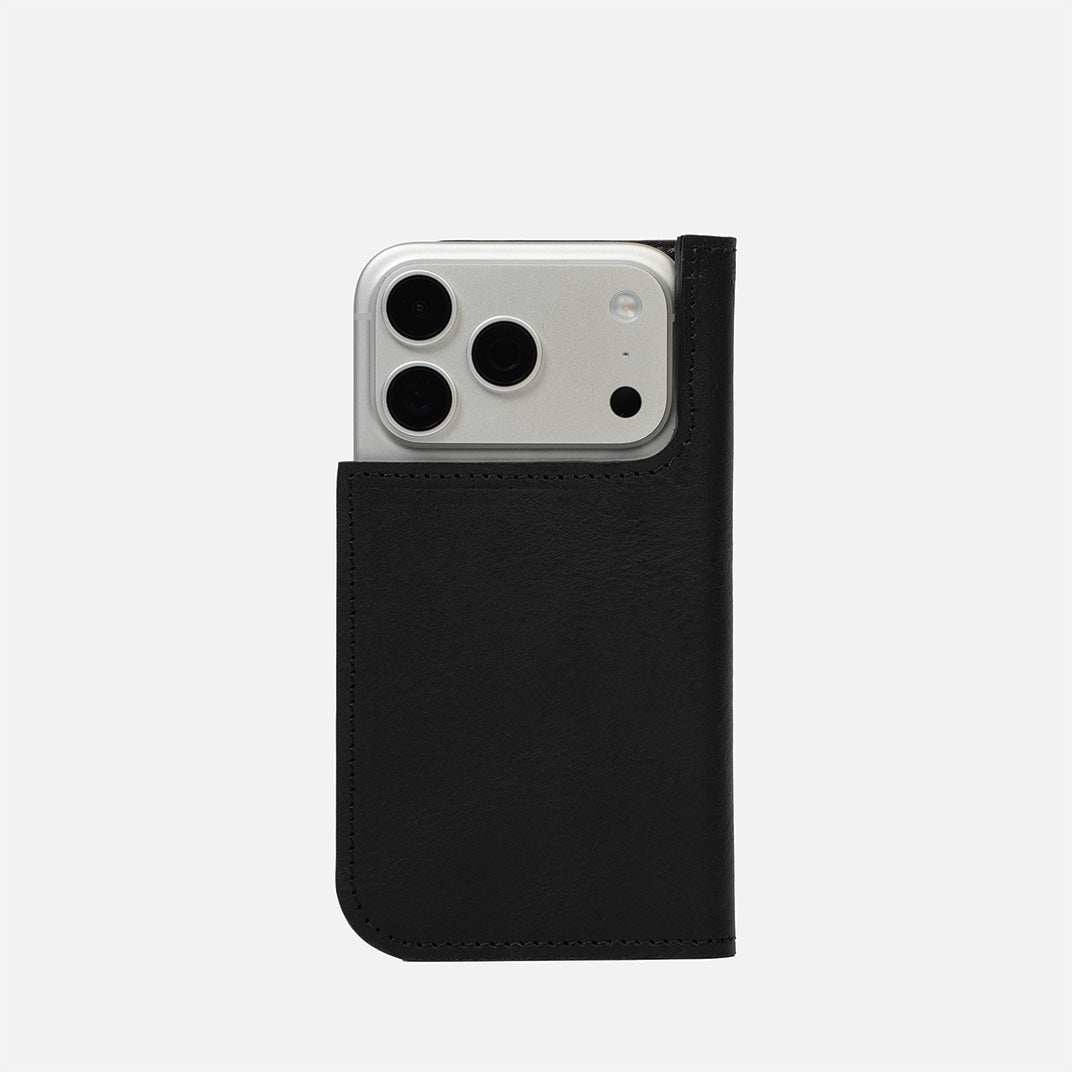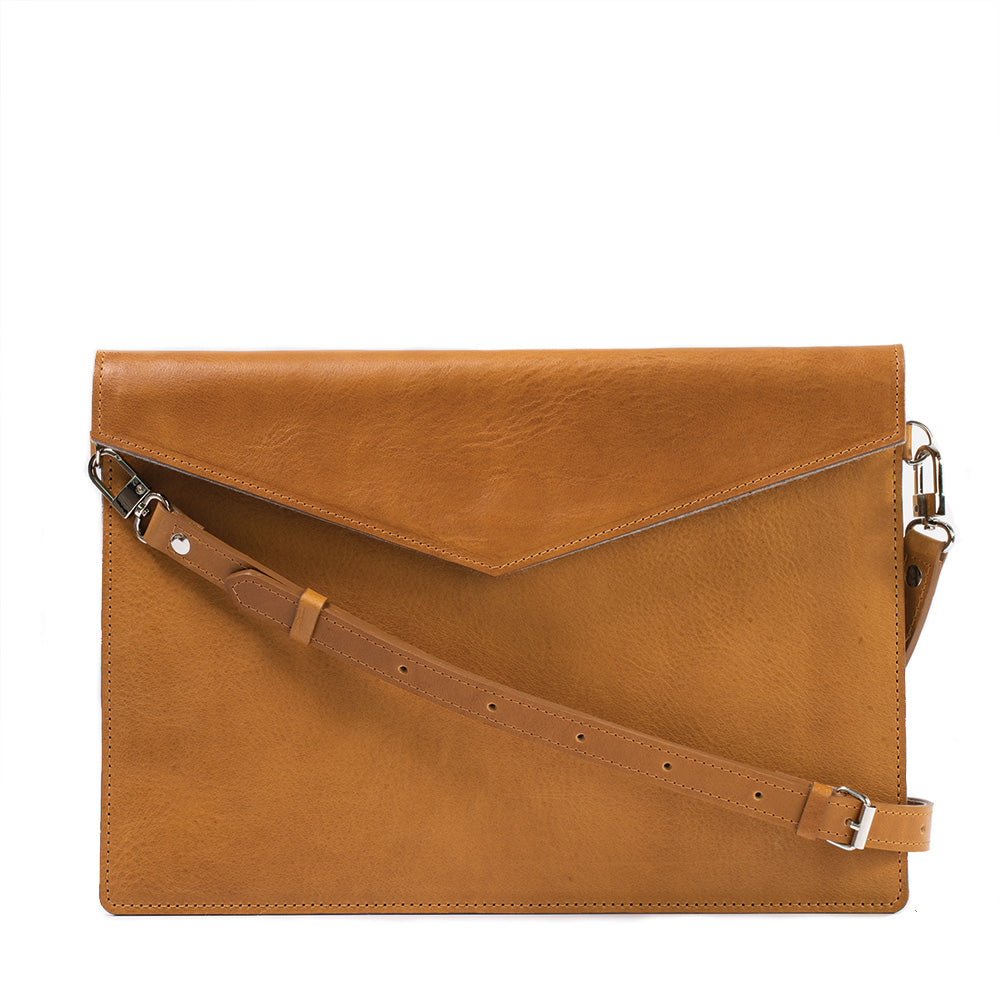Enhancing Productivity with Your Apple Pencil
The Apple Pencil is not just a tool for artists and designers; it's a productivity powerhouse for anyone looking to get more from their iPad. Here's how to leverage its features to boost your efficiency and streamline your workflow.
Using Quick Note
Introduced in iPadOS 15, Quick Note is a feature that allows you to swiftly create a new note from any screen or app by simply swiping up from the bottom right corner of your iPad with the Apple Pencil. This feature is incredibly useful for jotting down thoughts, making lists, or capturing ideas without interrupting your current task. Quick Note is context-aware, meaning if you're using it alongside Safari, it will offer the option to add links directly into your note. This seamless integration across apps ensures that your workflow remains uninterrupted, making it easier than ever to capture and organize your thoughts.
Mastering Scribble
Scribble transforms your handwritten notes into typed text, making it an invaluable tool for quickly filling out forms, searching the web, or composing emails with the precision and natural flow of handwriting. You can write in any text field and watch as your handwriting is instantly converted to text. Beyond simple text conversion, Scribble supports a range of gestures for editing or managing text:
- Double-tap or circle to select a word.
- Underline or circle to select larger text blocks.
- Scratch out words to delete them.
- Draw a vertical line to join or separate characters. These intuitive gestures make text manipulation as natural as writing on paper, enhancing the iPad's utility as a note-taking and productivity device.
Taking Screenshots
With the Apple Pencil, capturing screenshots becomes a quick gesture away. Simply swipe up from the bottom left corner of the screen with the Apple Pencil to instantly take a screenshot. This method is particularly useful for users who frequently need to capture content for reference, annotation, or sharing.
Annotating Screenshots and Documents
Once you've taken a screenshot, you can immediately mark it up using the Apple Pencil. The iPad's Markup tools are accessible directly from the screenshot preview or any document you open in the Photos or Files app. These tools include a variety of pens, pencils, and highlighters, allowing you to annotate, highlight, or draw directly on your screenshots and documents. Whether you're adding notes to a document, highlighting important information, or simply drawing on images, the Markup tool enhances your ability to communicate and collaborate.
Digitally Signing Documents
The Apple Pencil and the Markup tool also simplify the process of digitally signing documents. Open any document in the Photos, Notes, or Files app, tap the Markup icon, then select the "+" icon followed by "Signature." You can then sign directly on the iPad's screen using the Apple Pencil. This feature is perfect for quickly signing and sending documents without the need for printing or scanning, streamlining administrative tasks and contract management.
Searchability of Handwritten Notes
One of the most powerful features of the iPadOS is its ability to search handwritten notes. Thanks to advanced on-device intelligence, the iPad can recognize and index text within your handwritten notes, making them searchable alongside typed notes and scanned documents. This feature extends to recognizing dates, addresses, phone numbers, and more, adding a layer of functionality to your note-taking that bridges the gap between digital convenience and the tactile joy of handwriting.
Drawing and Design Tips with Your Apple Pencil
The Apple Pencil is an indispensable tool for artists and designers, offering a level of precision and versatility that transforms the iPad into a canvas or design studio. Here are some tips to leverage its capabilities for drawing and design work.
Techniques for Achieving Perfect Shading
The Apple Pencil's tilt functionality allows artists to create shading effects similar to traditional pencils. By simply tilting the Apple Pencil against the iPad, you can vary the shading intensity and coverage area, mimicking the side-shading technique with a real pencil. This is perfect for adding depth and texture to your artwork.
Adjusting Stroke Darkness or Lightness with Pressure Sensitivity
The Apple Pencil is designed to be pressure-sensitive, which means the amount of pressure you apply changes the thickness and opacity of your lines. Pressing harder will create darker, thicker lines, while lighter pressure results in faint, thin strokes. This feature gives you the flexibility to add subtle variations in line weight and opacity, enhancing the dynamism and realism of your drawings.
Utilizing the Ruler Tool in the Apple Pencil Toolset
For those moments when you need precision straight lines, the ruler tool within your drawing app can be invaluable. You can access a digital ruler that can be positioned anywhere on your canvas to draw straight lines in any direction. This tool is incredibly useful for architectural drawings, geometric designs, or any artwork that requires precision and accuracy.
Drawing and Auto-Correcting Shapes for Precise Geometric Figures
The Apple Pencil also supports shape recognition, allowing you to draw rough shapes that are automatically adjusted into perfect geometric figures. This is especially useful for creating diagrams, charts, or any design that requires uniform shapes. Simply draw the shape and hold the pencil in place for a moment; the iPad will recognize and correct your drawing into a clean, perfect shape.
Tracing Techniques for Accurate Reproductions
Tracing with the Apple Pencil can be a powerful technique for artists and designers. By placing a piece of paper with a drawing or any image over the iPad's screen (provided the brightness is high enough), you can trace directly onto a new layer in your drawing app. This technique allows for the accurate reproduction of reference images, sketches, or transferring physical drawings into digital form.
Advanced Features of the Apple Pencil
The Apple Pencil is not just a digital pen; it's a sophisticated tool that can be customized to suit your personal workflow and preferences. By taking advantage of its advanced features, you can enhance your productivity and creativity on the iPad. Here's how to make the most of these capabilities.
Changing Apple Pencil Quick Gestures for Left-Handed Users or Personal Preferences
iPadOS allows users to customize the way they interact with their iPad using the Apple Pencil. This includes adjusting the quick gestures to better suit left-handed users or to align with personal preferences. For example, you might want to change the swipe action for taking screenshots or accessing the Quick Note feature. To customize these gestures, go to the Settings app, select "Apple Pencil," and then adjust the settings under "Gestures." This customization can help streamline your workflow and make the iPad more intuitive to use.
Shortcut for Changing Tools Using the Apple Pencil
For users of the second-generation Apple Pencil, changing tools can be as simple as a gesture. Instead of manually selecting tools from the toolbar, you can use a shortcut like double-tapping the lower part of the Apple Pencil to switch between tools. This can significantly speed up your workflow, whether you're taking notes, drawing, or marking up documents.
Customizing the Double-Tap Function on the Apple Pencil 2
The double-tap function of the second-generation Apple Pencil is customizable, offering a quick way to switch between your current tool and the eraser, switch between your current tool and the last used tool, or show the color palette. To customize this function, go to the Settings app, tap "Apple Pencil," and then choose your preferred option under "Double-Tap." This feature is particularly useful for artists and designers who need to frequently switch between tools while working on their projects.
Replacing the Apple Pencil Tip
When to Replace the Tip
The tip of your Apple Pencil is durable, but it's not immune to wear and tear. Signs that it's time to replace the tip include a decrease in the precision or responsiveness of the pencil, visible wear, or if the Pencil starts to feel different on the screen. For artists, designers, or frequent users, checking the tip regularly for signs of wear is a good habit to develop.
How to Replace the Tip
- Unscrew the Tip
Gently grip the tip of the Apple Pencil and turn it counter-clockwise until it unscrews and comes off. It’s a good idea to do this over a table or a surface where you won’t lose the small components.
- Screw in the New Tip
Take a new tip (the second-generation Apple Pencil comes with a replacement tip in the box, and additional tips can be purchased from Apple or authorized retailers) and screw it into the Pencil by turning it clockwise until it's secure. Avoid over-tightening; just ensure it’s snugly fit.
- Test the Pencil
After replacing the tip, test your Apple Pencil on your iPad to make sure it’s working correctly. Check for responsiveness, pressure sensitivity, and accuracy. If everything feels right, you’re good to go.
QUICK LINKS:
Apple Pencil 3
Apple Pencil and iPhone Compatibility
Exploring the Best Apple Pencil Alternatives





